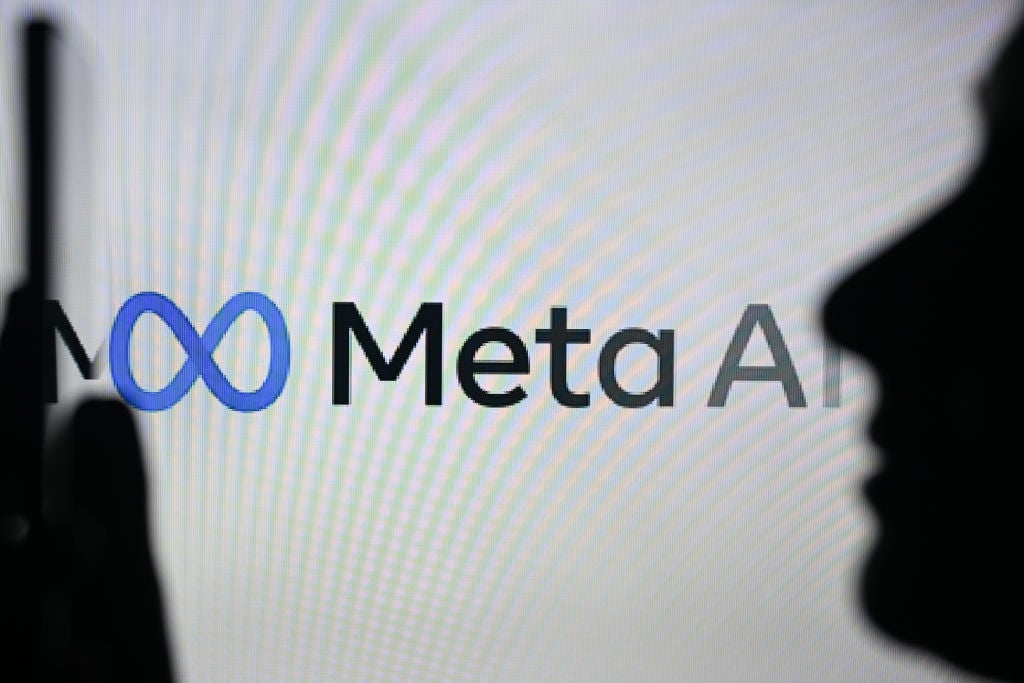Ciena has filed a patent for systems and methods that provide optical referencing in an optical system with multiple devices. The method involves determining the tuning rate of tunable interrogator devices, locking the optical devices, detecting drift in the system’s spectrum, and tracking the drift based on the variable perturbative drift rates of each optical device. GlobalData’s report on Ciena gives a 360-degree view of the company including its patenting strategy. Buy the report here.
According to GlobalData’s company profile on Ciena, Data center optical networking was a key innovation area identified from patents. Ciena's grant share as of September 2023 was 76%. Grant share is based on the ratio of number of grants to total number of patents.
Optical referencing in an optical system with variable drift rates
A recently filed patent (Publication Number: US20230314310A1) describes a method and optical system for optical referencing in an optical system with multiple optical devices that may experience drift. The method involves determining the tuning rate of tunable interrogator devices and locking the optical devices. After locking, the method detects drift in the spectrum of the optical system based on a perturbation and tracks the drift using the variable perturbative drift rates of each optical device.
The tracking of drift is based on knowledge of the initial state after locking and the variable perturbative drift rates. The method also includes calibration steps, such as determining the tuning rate of interrogator devices, locking the optical devices by maximizing optical power at the output, and storing the obtained operating point on the interrogators.
The variable perturbative drift rates are predetermined based on the material properties of the optical devices, with at least two devices having different materials. The optical devices can include ring or disk resonators, Mach-Zehnder or Michelson interferometers, Fabry-Perot etalons, Bragg gratings, or thin-film filters.
The method further includes determining the wavelength of a source using the tracking and performing measurements based on the tracking. If there are at least three optical devices, the tracking can be performed based on gradients of the variable perturbative drift rates between the devices.
The optical system described in the patent includes a source, a plurality of optical devices (including tunable interrogator devices) connected to the source, and a photodetector. The system also includes circuitry that detects drift in the spectrum of the optical system based on a perturbation and tracks the drift using the variable perturbative drift rates of each optical device.
The circuitry tracks the drift based on knowledge of the initial state after locking and the variable perturbative drift rates. It includes stored values for the tuning rate of interrogator devices and obtained operating points on the interrogators after locking.
Similar to the method, the variable perturbative drift rates in the optical system are predetermined based on the material properties of the optical devices. The optical devices can include ring or disk resonators, Mach-Zehnder or Michelson interferometers, Fabry-Perot etalons, Bragg gratings, or thin-film filters.
The circuitry in the optical system can determine the wavelength of the source based on the drift and perform measurements based on the drift. If there are at least three optical devices, the circuitry can track the drift based on gradients of the variable perturbative drift rates between the devices.
Overall, this patent describes a method and optical system that enable accurate optical referencing in an optical system with multiple devices that may experience drift. The method and system provide a way to detect and track drift using variable perturbative drift rates, allowing for precise measurements and calibration.
To know more about GlobalData’s detailed insights on Ciena, buy the report here.
Premium Insights
From

The gold standard of business intelligence.
Blending expert knowledge with cutting-edge technology, GlobalData’s unrivalled proprietary data will enable you to decode what’s happening in your market. You can make better informed decisions and gain a future-proof advantage over your competitors.







